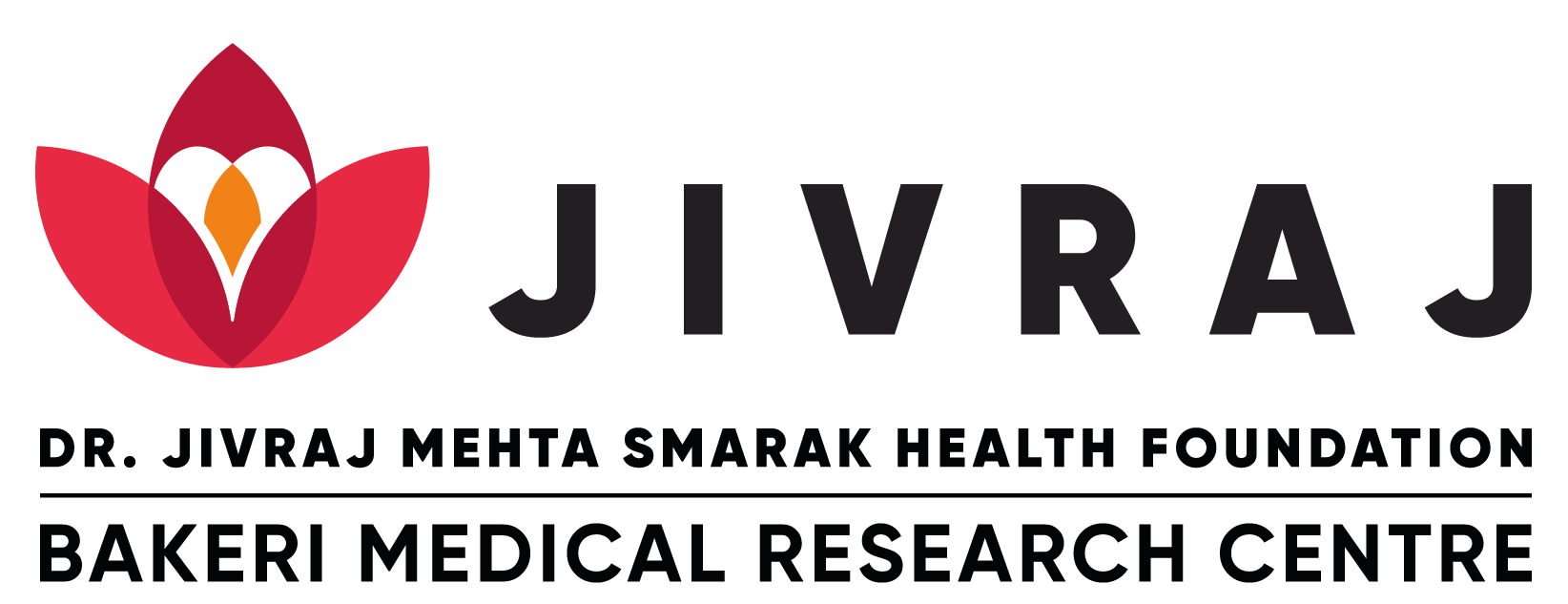Enjoying the Kite-Flying Festival Safely: Essential Tips and Guidelines
Kite-flying festivals are a joyous occasion, bringing vibrant colors and cheerful moments to the skies. However, the festivities can sometimes lead to unfortunate incidents if safety is not prioritized. Whether you are an avid kite flyer or an onlooker, here are some vital tips to ensure a fun and safe experience for everyone.
Preparing for a Safe Kite-Flying Experience
1. Choose an Open and Safe Space
Selecting the right location is the first step to a safe kite-flying experience. Opt for open areas such as parks or large terraces that are far from power lines, crowded streets, or high-traffic zones. Power lines pose a significant risk as tangled strings can lead to electrocution, while busy streets increase the chances of accidents involving vehicles or pedestrians. By choosing a safe space, you minimize risks for yourself and others.
2. Opt for Safe Kite Strings
The type of string you use plays a crucial role in ensuring safety. Avoid using harmful materials like glass-coated or metallic strings (manja), which can cause severe injuries. Instead, opt for eco-friendly cotton strings that are less likely to harm people, animals, or the environment. Always inspect your string for wear and tear before use to avoid unexpected breaks during flight.
3. Stay Hydrated and Eat Wisely
Flying kites under the sun can be physically demanding. To stay energized and prevent dehydration, drink plenty of water throughout the day. Avoid sugary sodas or energy drinks, as they can dehydrate you further. Instead, snack on homemade, nutrient-rich foods like undhiyu, chikki, or fresh fruits. These snacks provide sustained energy and keep you feeling refreshed without adding unnecessary calories.
Avoiding Common Kite-Flying Injuries
1. Preventing Muscle Strain
Kite flying can be surprisingly strenuous, particularly on your shoulders and arms. This is especially true when wind conditions are unfavorable, requiring extra effort to keep your kite aloft. To prepare for the physical demands of kite flying, perform regular shoulder stretches and arm exercises in the days leading up to the festival. During the event, take breaks to rest and stretch your muscles to avoid overexertion.
2. Protecting Your Neck and Eyes
Constantly looking up at the sky can lead to neck stiffness and eye strain. To mitigate this, take short breaks and gently move your neck in different directions to prevent it from becoming stiff. Wearing UV-protective sunglasses not only shields your eyes from the sun but also reduces the glare, allowing you to enjoy the festivities without discomfort.
3. Supervising Children
Children are often the most enthusiastic participants in kite-flying festivals, but their excitement can sometimes lead to risky behavior. Keep an eye on younger participants to ensure they avoid dangerous actions like climbing on unstable surfaces or running into crowded areas. Educate them about basic safety rules, such as staying away from power lines and not chasing after loose kites in unsafe areas.
4. Handling Falls and Injuries
Falls are a common occurrence during kite-flying festivals, particularly when children or adults become too engrossed in the activity to notice their surroundings. If someone experiences a fall, administer the RICE (Rest, Ice, Compression, Elevation) method to manage pain and swelling. Seek medical attention for severe injuries or fractures to ensure proper treatment.
Road Safety During Kite-Flying Festivals
1. Precautions for Two-Wheeler Riders
Two-wheeler riders are particularly vulnerable during kite-flying festivals due to loose strings and debris scattered on the roads. To protect yourself:
- Always wear a full-face helmet to shield your head and neck from potential cuts caused by kite strings.
- Use a scarf or muffler to cover your neck and prevent abrasions.
- Drive slowly and maintain awareness of your surroundings, as children or pedestrians may unexpectedly cross the road.
Avoid driving over loose strings or debris, as these can get tangled in your wheels and cause accidents.
2. Showing Compassion for Injured Birds
Kite strings can unintentionally harm birds, making it crucial to act responsibly during the festival. If you encounter an injured bird, follow these steps:
- Allow the bird to stabilize naturally before attempting to assist it.
- Protect the bird from predators like cats and dogs by placing it in a safe location.
- Contact local wildlife organizations or NGOs for professional help.
- Avoid handling the bird unnecessarily to minimize stress or further injury.
Additionally, avoid flying kites during peak bird activity hours, typically early morning (7:00-9:00 AM) and evening (5:00-7:00 PM). By doing so, you help reduce the risk of harming these creatures.
Post-Festival Care
1. Recovering from Sun Exposure
After spending hours outdoors, your skin may feel dry or sunburned. To soothe and rejuvenate your skin, apply aloe vera gel or a moisturizing lotion enriched with antioxidants. Drinking plenty of water and eating hydrating foods like cucumbers and watermelon can also help restore your skin’s natural glow.
2. Relaxing Your Muscles
If your shoulders, neck, or arms feel sore after kite flying, use ice packs to reduce inflammation. A warm bath with Epsom salts can also work wonders in relaxing your muscles and alleviating stiffness.
3. Cleaning Up Responsibly
Once the festivities conclude, take responsibility for cleaning up your surroundings. Dispose of kite strings and debris in designated waste bins to prevent accidents and environmental damage. This small effort goes a long way in ensuring the safety of others and protecting the local wildlife.
Summing Up
Kite-flying festivals are a time for joy, celebration, and togetherness. By following these safety tips, you can ensure a memorable and hazard-free experience for yourself, your loved ones, and the community. From choosing safe kite strings to being mindful of road safety and caring for injured birds, every precaution contributes to a more enjoyable and responsible celebration. Let’s make this festival not just about colorful skies but also about creating happy memories while prioritizing safety and well-being. Celebrate responsibly, fly high, and cherish the beauty of this vibrant tradition!






